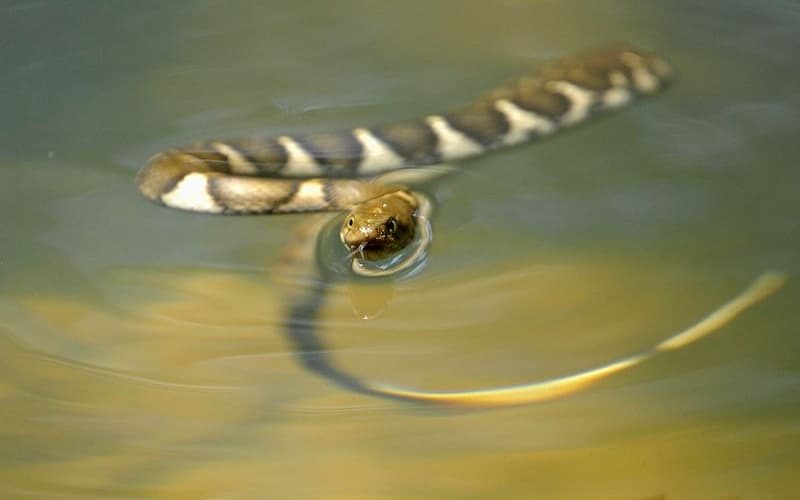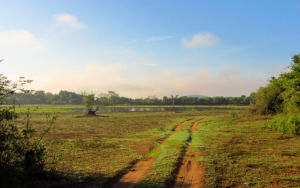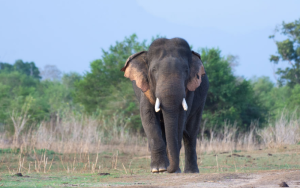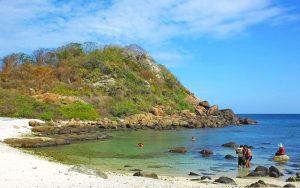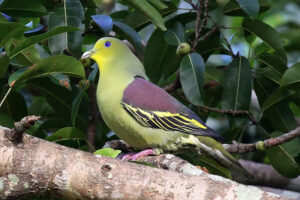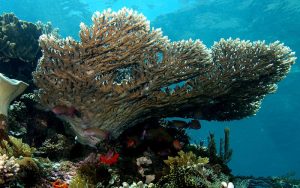About Boulenger’s Keelback
The Boulenger’s Keelback is indigenous to Sri Lanka and locally known as Mudu Karawalaa. Its scientific name is Fowlea asperrimus.
Etymology of Boulenger’s Keelback
The common name “Boulenger’s keelback” was given to the species in honor of British herpetologist George Albert Boulenger, who was born in Belgium.
Habitat of Boulenger’s Keelback
F. Asperrimus can be found in Sri Lanka in both dry and wet climatic zones up to 1,000 meters (3,300 feet) above mean sea level in both dry and wet climatic zones. It can be found in large quantities in waterways such as flooded rice fields, ponds, lakes, marshes, rivers, and streams, among other places.
Characteristics of Boulenger’s Keelback
Despite its small and cylindrical form, F. Asperrimus is distinguished by its clear neck and a little tip on the top of its head. Narrow, somewhat upward-directed nostrils and round pupils distinguish the eyes from the rest of the face. The tail is extremely lengthy. It is 10 cm (3.9 in) long when it hatches and develops to be 40–70 cm (16–28 in) long when it reaches adulthood. The female is taller and has a longer torso.
Scalation
Boulenger’s Keelback possesses only one pair of internasals, and the posterior parts of the animal are quite narrow. There is one loreal, one preocular, one postocular, and three temporals to be discovered. Four and six of the nine supralabials are connected to the eye. Ventrals are found in groups of 131–146, while the undivided subcaudals are found in groups of 73–93. There are 19 rows of dorsal scales on the mid-body of the animal, which is highly keeled and rough.
Colour of Boulenger’s Keelback
The color of the dorsal body of F. Asperrimus is olive-brown. The anterior part of the body is marked with 20–32 huge black dots or cross bars that are unique from one another. It is possible that the posterior body is devoid of them or that it is in light-colored irregular forms.
The color of the head is dark. There are two diagonal black lines that go diagonally from behind the eyes to both corners of the lips. The body is white on the ventral side. It is easy to distinguish F. Asperrimus from other species by the presence of dark spots or bars on the first half of the body and two dark lines behind the eyes.
Behaviour of Boulenger’s Keelback
F. Asperrimus is an oviparous species that is active during the day and at night. [difficult to determine – debate] It goes through aestivation throughout the summer months when the weather is dry.
It is active in water bodies in quest of prey, which consists primarily of fishes and frogs, and is most active during the day. It is well-known for being quite aggressive.
When threatened, it flattens its head and neck in the same way that the cobra does, and seeks to bite. It is possible that the bite will result in wounds. Additionally, it has the potential to emit an unpleasant odor.
Breeding of Boulenger’s Keelback
F. Asperrimus has a gestation period of 55–67 days, depending on the species. Women do not guard their eggs, although they do remain close to the nest when the eggs hatch. During the months of September and October, they lay clutches of four to thirty eggs.
Common Names
English: Boulenger’s keelback or Sri Lankan keelback
Sinhalese: Diya Bariya or Diya Naya
Conclusion
The Boulenger’s keelback is a non-venomous snake species that is endemic to Sri Lanka. It is known for its distinctive pattern of black and white stripes and its habit of residing near water bodies. With Ceylon Wild Tours, you can explore the lush jungles and riverside habitats where this elusive snake species can be found. Our experienced guides will provide you with insights into its unique features and behaviors, and help you to appreciate its ecological significance. Book your tour today and embark on an adventure of a lifetime in Sri Lanka’s wild landscapes.

